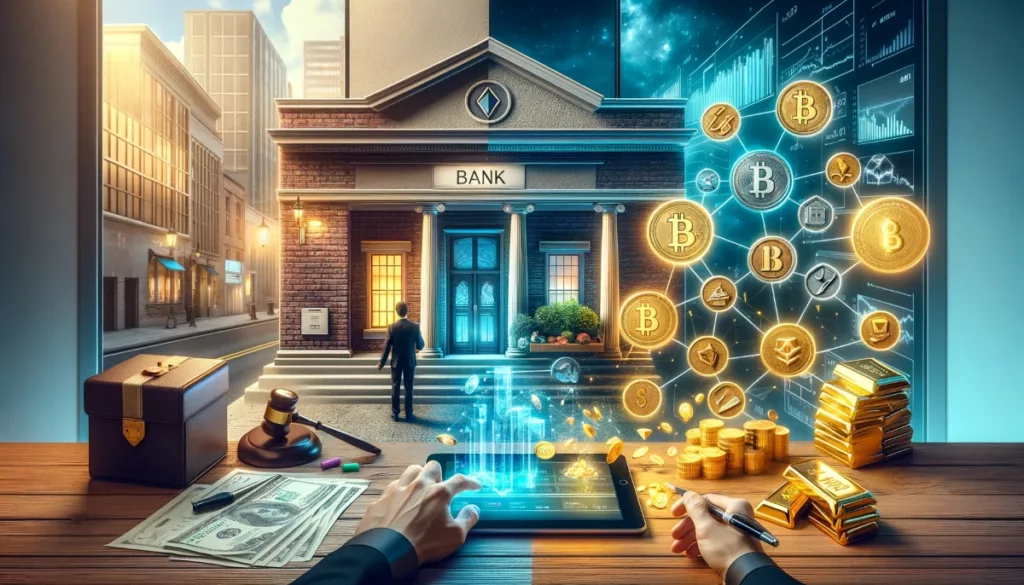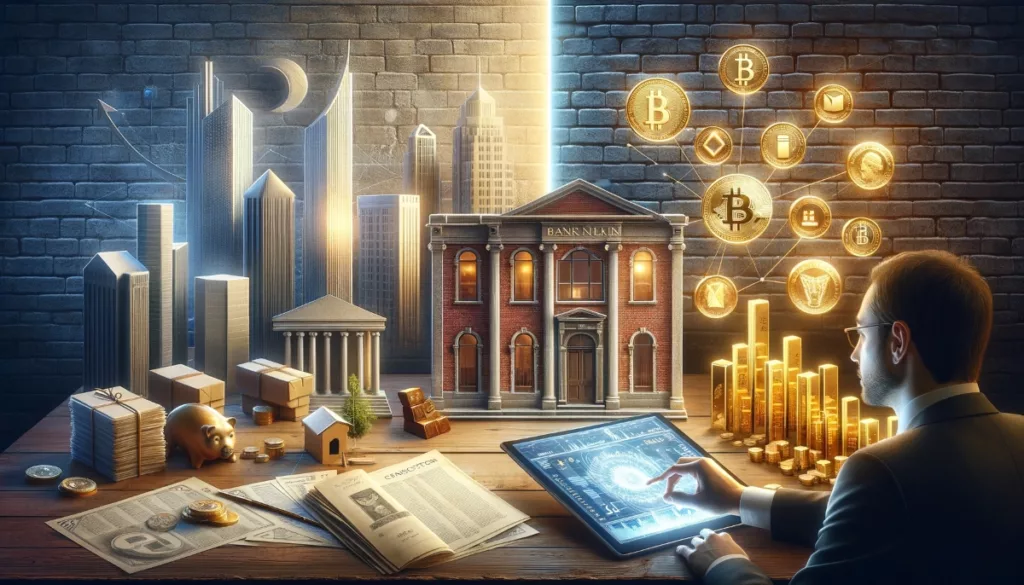In the world of ownership, from art to real estate, a seismic shift is occurring, moving us from the concrete solidity of traditional ownership to the flexible world of tokenized ownership. This transition, fueled by blockchain technology, is not just a trend but a revolution in how we own, trade, and perceive value. Let’s unpack this transformative journey and discover why tokenization is reshaping our economic landscape.
Grasping Traditional Ownership
Traditionally, ownership is straightforward—you own an asset entirely, whether it’s a house or a car. It’s a solid investment, offering the security of full possession. However, this model presents challenges, especially when it comes to liquidity and the ability to sell swiftly or in portions. Imagine trying to sell half your house; it’s not just complicated, it’s practically impossible with traditional means.
The Limitations That Bind
The constraints of traditional ownership are palpable. Liquidity, or the lack thereof, means assets can be hard to sell quickly without sacrificing value. Bureaucracy often mires the process, reducing your ability to respond to market changes promptly. This rigidity is a significant hurdle for investors seeking flexibility and speed in their transactions.
Embracing the Digital Shift: Tokenization
Enter tokenization—the beacon of modern investment. This revolutionary approach breaks down assets into digital tokens on a blockchain, offering a slice of ownership in high-value assets that were previously out of reach for the average investor. Tokenization is not just about democratizing investment; it’s about enhancing transparency, security, and efficiency.
The Backbone of Change: Blockchain
Blockchain technology is the cornerstone of tokenization, ensuring that every digital token is a secure, transparent representation of ownership. These tokens can represent a fraction of any asset’s value, allowing for more inclusive investment opportunities and creating a more liquid market for traditionally illiquid assets.

The Revolution of Accessibility
Tokenization opens doors to investment opportunities once deemed impossible. Owning a piece of a famous painting or a share of a landmark building is now within reach. This accessibility is transforming the investment landscape, enabling broader participation and fostering a more diverse and dynamic market.
Why Tokenized Ownership Wins
The advantages of tokenization are clear:
- Increased liquidity: Assets can be bought and sold more freely, enhancing market dynamism.
- Fractional ownership: It allows investors to own a part of high-value assets, broadening access to wealth-building opportunities.
- Efficient transactions: With blockchain, trades occur directly between parties, slashing the need for intermediaries and reducing costs.
- Supply chain traceability: Tokenization provides a transparent record of an asset’s journey, crucial for industries prioritizing authenticity and quality.
Looking Ahead: The Future Is Tokenized Ownership
As we stand on the brink of this new era, tokenization promises not just a transformation in how we invest, but a redefinition of ownership itself. This shift towards digital tokens represents a more equitable, efficient, and accessible future for investors and consumers alike.
In conclusion, tokenized ownership versus traditional ownership is not just a debate; it’s a clear path forward. As we embrace this digital revolution, the way we live, invest, and interact with our assets will never be the same. Tokenization is not merely a technological advancement; it’s a new paradigm of economic participation and value exchange, marking the dawn of a new era in living and investing.
Finally, we refined and enhanced the article using ChatGPT.

